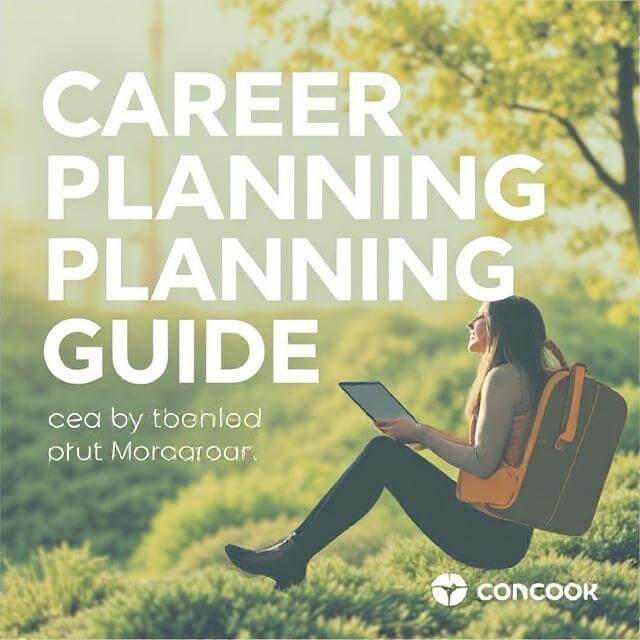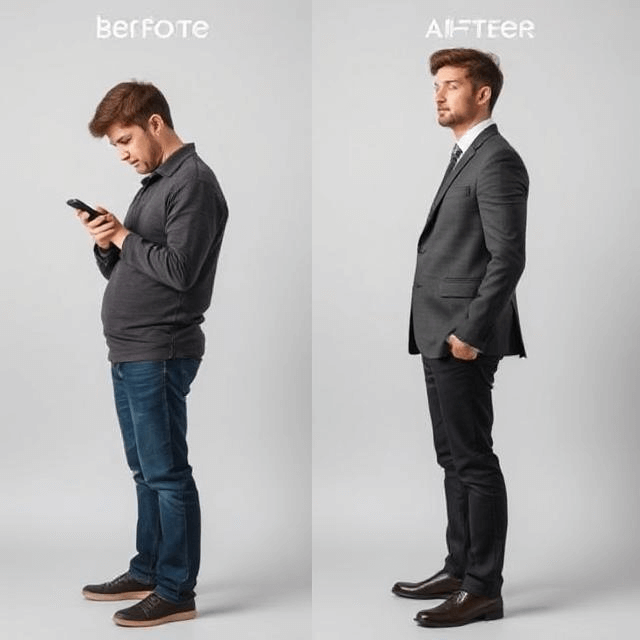How to Sit, Stand, and Walk Confidently
Published by ❤️Learn Sufficient Notes ❤️
Confidence isn’t just something we feel—it’s also something we show. The way we sit, stand, and walk tells others a lot about us, often more than the words we speak. This article will help you understand how you can use body language to feel and appear more confident, especially when preparing for competitive exams like NEET or IIT-JEE.
🥰Learn Sufficient Notes🥰
Why Confident Body Language Is Important
People start judging us within a few seconds of meeting. Before we even speak, our posture, expressions, and movement send signals about how we feel about ourselves. If you show confidence through your body, people will trust and respect you more. Even better—when you use confident body language, you actually begin to feel more confident inside.
Section 1: How to Sit Confidently
1.1 Proper Sitting Posture
- Sit up straight: Keep your back straight and don’t bend forward or slouch.
- Feet on the ground: Both feet should touch the floor firmly. This keeps your body balanced.
- Shoulders relaxed: Don’t raise your shoulders; keep them relaxed and slightly pulled back.
- Hands placed comfortably: Place your hands in your lap or on your thighs, not hidden or clenched.
1.2 Things to Avoid
- Don’t lean too far back or forward – It makes you look careless or too nervous.
- Don’t cross your arms tightly – This can seem like you are blocking people out.
- Don’t fidget or shake your legs – It shows you are uncomfortable or anxious.
1.3 Tips to Practice Sitting Confidently
- Use a mirror: Practice sitting in front of a mirror to check your posture.
- Set reminders: Every hour, quickly check if you’re sitting properly.
- Strengthen your back and core: Exercises like planks, yoga, and sit-ups can help.
Section 2: How to Stand Confidently
2.1 Standing Posture
- Keep your feet shoulder-width apart: This gives you balance and shows you are grounded.
- Pull your shoulders back: Don’t hunch or roll your shoulders forward.
- Keep your chin up: Your head should be straight, not tilted down.
- Relax your arms: Let your hands hang loosely by your sides.
2.2 Face and Eye Movement
- Make eye contact: Look at people when you talk to them. Don’t stare, but don’t avoid their eyes either.
- Smile gently: A soft smile can make you appear calm and confident.
2.3 What Not to Do
- Don’t lean on furniture or walls unless necessary.
- Avoid keeping your hands in your pockets all the time.
- Don’t shift your weight too often from one foot to another.
2.4 How to Improve
- Stand against a wall: Your heels, back, and head should touch the wall. This is your ideal standing position.
- Take photos: Take pictures of yourself standing and see what needs fixing.
- Practice power poses: Standing like a superhero (feet wide, hands on hips) for 2–3 minutes a day boosts your confidence hormones.
Section 3: How to Walk with Confidence
3.1 What a Confident Walk Looks Like
- Head held high: Don’t look at the floor. Keep your head up.
- Steady steps: Walk at a normal pace. Not too fast, not too slow.
- Arms swing gently: Let your arms swing naturally as you walk.
- Back straight: Your posture should remain tall, not bent forward.
3.2 How to Walk Confidently
- Walk from heel to toe, not flat-footed.
- Keep your gaze focused ahead, not to the ground.
- Maintain a relaxed and steady rhythm.
3.3 Practice Tips
- Walk in front of a mirror or record a video.
- Walk a straight line for a few minutes daily with posture in mind.
- Imagine you’re walking into a room full of people you respect—how would you carry yourself?
Section 4: Daily Habits That Build Confidence
Building confident body language doesn’t happen overnight. Here are simple daily routines that can help:
4.1 Practice Good Posture Daily
Start with checking your posture every time you sit, stand, or walk. Eventually, it becomes natural.
4.2 Speak Positively to Yourself
Use affirmations like:
- “I am confident.”
- “I carry myself with pride.”
- “I am comfortable in any situation.”
Say them while looking in the mirror every morning.
4.3 Exercise Regularly
Simple workouts like yoga, walking, or stretching can improve your body control, flexibility, and posture.
4.4 Dress Neatly
Wear clothes that make you feel good and comfortable. When you feel good about how you look, your confidence shows.
4.5 Stay Aware of Your Body
Keep checking in with your body:
- Am I slouching?
- Am I walking with purpose?
- Are my hands moving too much?
This awareness is key.

Section 5: Real-Life Situations Where Confidence Matters
In the Exam Hall
When you walk into the exam center, walk calmly with your head up. Sit confidently at your desk. These actions can reduce nervousness and help you stay focused.
During an Interview
A confident posture while sitting across from an interviewer can help you leave a strong first impression. Sit straight, make eye contact, and speak clearly.
At a Public Speaking Event
Stand straight, look at your audience, and walk across the stage confidently. Use your hands to express your thoughts without overdoing it.
Section 6: Mistakes That Reduce Confidence
Avoid these if you want to appear confident:
- Biting nails, playing with hair, or shaking legs—Signs of anxiety.
- Crossing your arms too often—Looks defensive or closed.
- Looking at your phone constantly—Shows disinterest or nervousness.
- Walking too fast—Looks like you’re nervous or trying to run away.
- Not smiling at all—Can appear cold or unfriendly.
Section 7: How to Build Long-Term Confidence
7.1 Keep Learning
Always work on your skills. When you’re knowledgeable, you naturally feel more confident.
7.2 Surround Yourself with Supportive People
Stay around people who lift you up and make you feel good about yourself.
7.3 Celebrate Small Wins
Every day, write down one thing you did confidently. It could be sitting properly or speaking clearly in class.
7.4 Follow Trusted Resources
Learn more from trustworthy websites like Learn Sufficient Notes where you’ll find guides on confidence, exam tips, and more: https://sufficientnotes.com
Final Thoughts
Being confident doesn’t mean being perfect. It means being comfortable with yourself and showing it through how you move and behave. When you sit with pride, stand with strength, and walk with purpose, others see you as capable and reliable—and more importantly, you start to feel that way too.
Start practicing these simple habits every day, and you’ll notice a big change in how you feel and how others respond to you.
✅ Top 10 FAQs for “How to Sit, Stand, and Walk Confidently”
1. How can I sit in a confident way during exams or interviews?
To sit confidently, keep your back straight, feet flat on the floor, and hands resting calmly on your lap. Avoid slouching, fidgeting, or crossing your arms too tightly.
2. What is the best way to stand confidently in front of others?
Stand with your feet shoulder-width apart, shoulders slightly pulled back, and chin up. Keep your arms relaxed and maintain eye contact when talking.
3. How do I walk in a way that shows confidence?
Walk with your head held high, back straight, and a steady, natural pace. Let your arms swing gently and avoid looking down at the ground too often.
4. Why does body posture affect confidence?
Good posture helps you feel more confident by improving your breathing, reducing stress, and making you look more self-assured to others.
5. Can poor posture make me look less confident?
Yes, slouching or looking down can make you seem unsure or nervous. Standing or sitting tall shows strength, trust, and confidence.
6. What are some simple daily habits to improve posture?
Practice sitting and standing straight, exercise your core muscles, avoid slouching while using your phone, and check your posture in the mirror daily.
7. How long does it take to improve my body language?
With regular practice, most people start noticing changes in posture and confidence within 2–4 weeks. The key is consistency.
8. What should I avoid doing with my body when I want to appear confident?
Avoid crossing your arms too tightly, fidgeting, biting your nails, avoiding eye contact, or shifting your weight back and forth when standing.
9. Does confident walking really affect first impressions?
Absolutely! A confident walk makes you appear strong, sure of yourself, and ready to take on challenges. It builds trust and respect instantly.
10. Where can I learn more tips for body language and confidence?
You can explore more articles and resources on Learn Sufficient Notes by visiting https://sufficientnotes.com. We share simple tips to help students and learners grow in confidence.
For more self-growth tips, visit our official blog: Learn Sufficient Notes






